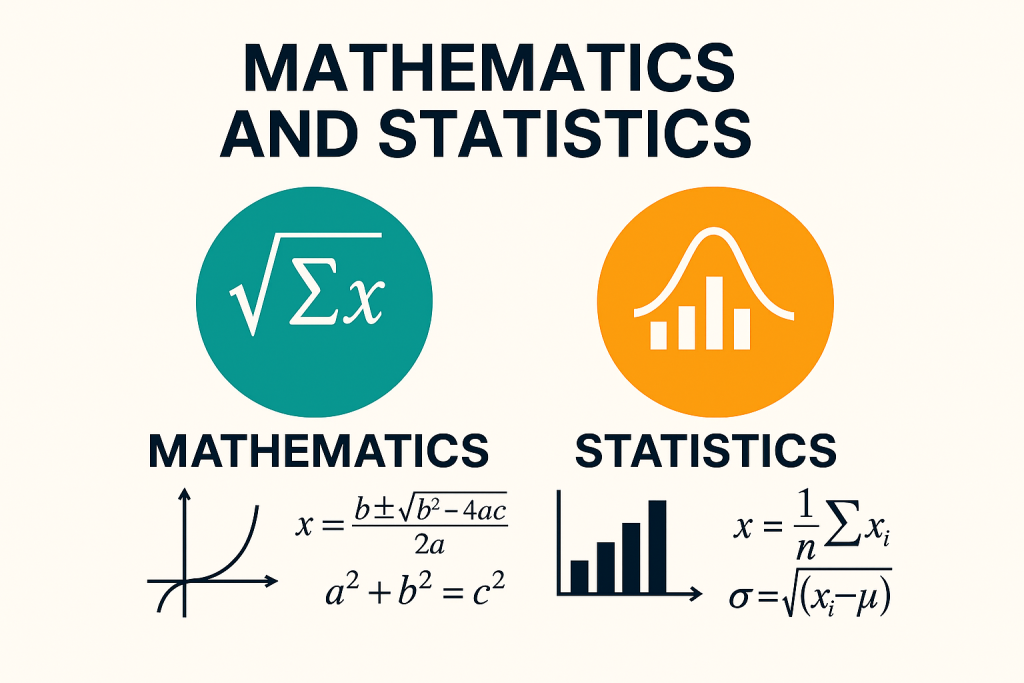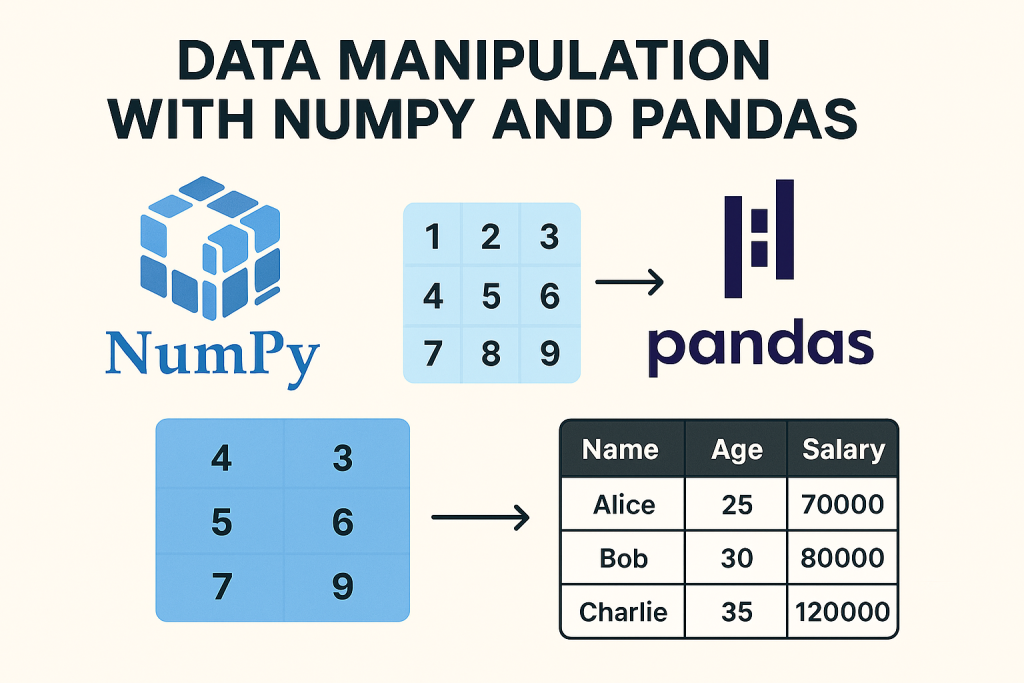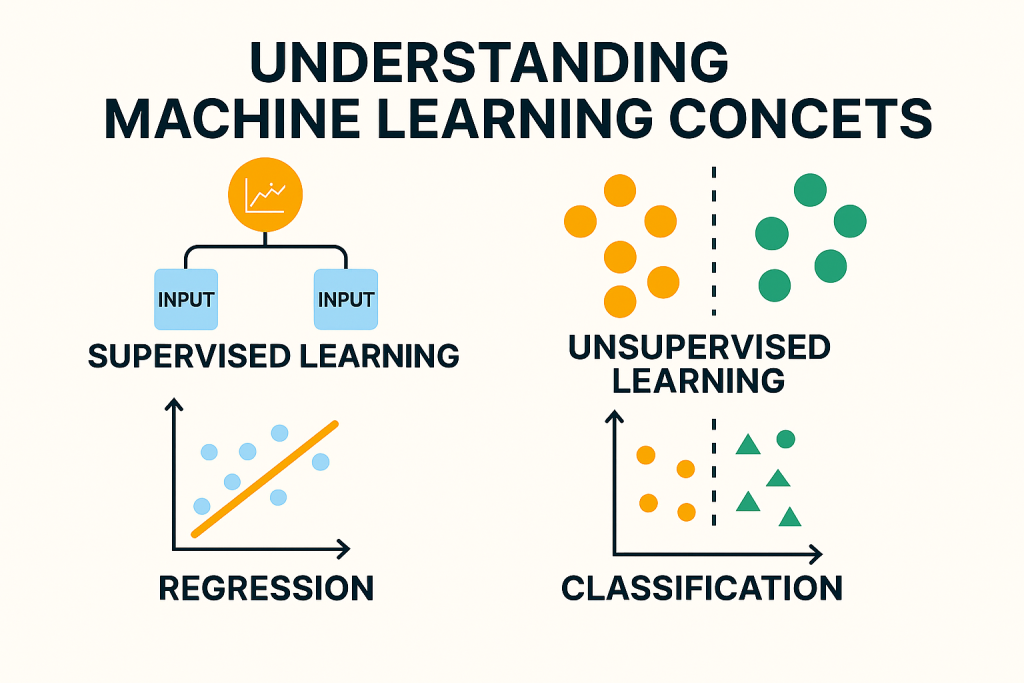Introduction: Why Data Science?
Data science has emerged as one of the most sought-after career paths of the 21st century. With companies generating unprecedented amounts of data every second, the demand for professionals who can transform raw data into actionable insights has skyrocketed. Whether you’re a complete beginner or transitioning from another field, this comprehensive roadmap will guide you through your journey from zero to data scientist.
The beauty of data science lies in its accessibility. You don’t need an advanced degree to start learning, and the wealth of free resources available online makes it possible for anyone with dedication and curiosity to break into this field. However, the sheer volume of information can be overwhelming. This article provides a clear, structured path to help you navigate your learning journey efficiently.

Phase 1: Building Your Foundation (Months 1-3)
Mathematics and Statistics
Your data science journey begins with strengthening your mathematical foundation. While you don’t need to be a mathematician, understanding key concepts is crucial for grasping how algorithms work under the hood.

Focus on these areas:
- Statistics: Learn descriptive statistics, probability distributions, hypothesis testing, and confidence intervals. These concepts form the backbone of data analysis and will help you make sense of patterns in data.
- Linear Algebra: Understand vectors, matrices, and matrix operations. These are essential for comprehending machine learning algorithms, especially in deep learning.
- Calculus: Focus on derivatives and gradients, which are fundamental to understanding optimization in machine learning models.
Recommended Resources: Khan Academy offers excellent free courses on all these topics. For statistics, consider “Statistics” by Robert Niles or “Think Stats” by Allen Downey.
Programming Fundamentals
Python has become the lingua franca of data science due to its simplicity and powerful libraries. Start with Python basics and gradually build up your skills.
Learn these Python fundamentals:
- Variables, data types, and operators
- Control structures (if-else, loops)
- Functions and modules
- Object-oriented programming basics
- File handling and exception management
Practice regularly: Solve problems on platforms like HackerRank, LeetCode, or Codewars to strengthen your programming muscles. Aim for at least 30 minutes of coding practice daily.
Phase 2: Mastering Core Tools (Months 4-6)
Data Manipulation with Pandas and NumPy

Once you’re comfortable with Python, dive into the libraries that make data science possible. NumPy provides efficient numerical computing capabilities, while Pandas offers powerful data manipulation tools.
Master these skills:
- Reading and writing data from various formats (CSV, Excel, JSON)
- Data cleaning: handling missing values, duplicates, and outliers
- Data transformation: filtering, sorting, grouping, and aggregating
- Merging and joining datasets
- Time series operations
Project Idea: Download a real-world dataset from Kaggle and perform comprehensive exploratory data analysis. Document your findings in a Jupyter notebook.
Data Visualization
Visualization is how you communicate your findings to others. Learn to create compelling visual stories with your data.
Tools to master:
- Matplotlib: The foundational plotting library for Python
- Seaborn: Built on Matplotlib, offering more attractive statistical graphics
- Plotly: For interactive visualizations
Key visualization types: Line plots, bar charts, histograms, box plots, scatter plots, heatmaps, and pair plots. Understand when each type is most appropriate.
SQL for Data Retrieval
Most real-world data lives in databases. SQL proficiency is non-negotiable for data scientists.
Essential SQL skills:
- SELECT statements and filtering with WHERE
- JOIN operations (INNER, LEFT, RIGHT, FULL)
- Aggregation functions (COUNT, SUM, AVG, MAX, MIN)
- GROUP BY and HAVING clauses
- Subqueries and window functions
Practice: Set up a local database using PostgreSQL or MySQL and practice querying sample datasets.
Phase 3: Machine Learning Essentials (Months 7-9)
Understanding Machine Learning Concepts
Machine learning is where data science becomes truly powerful. Start with understanding the fundamental concepts before diving into specific algorithms.

Core concepts to grasp:
- Supervised vs. unsupervised vs. reinforcement learning
- Training, validation, and test sets
- Overfitting and underfitting
- Bias-variance tradeoff
- Feature engineering and selection
Supervised Learning Algorithms
Begin with these foundational algorithms:
Regression: Linear regression, polynomial regression, ridge and lasso regression
Classification: Logistic regression, decision trees, random forests, support vector machines, and naive Bayes
Hands-on approach: Implement each algorithm using scikit-learn. Start with toy datasets, then move to real-world problems. Participate in Kaggle competitions to test your skills against others.
Unsupervised Learning
Explore techniques for finding patterns in unlabeled data:
- K-means clustering
- Hierarchical clustering
- Principal Component Analysis (PCA)
- Anomaly detection methods
Model Evaluation and Validation
Learn to assess model performance correctly:
- Metrics: accuracy, precision, recall, F1-score, ROC-AUC
- Cross-validation techniques
- Confusion matrices
- Hyperparameter tuning with grid search and random search
Phase 4: Specialization & Projects (Months 10-12)
Choose Your Specialization
Data science is vast. Consider specializing in one area:
- Natural Language Processing: Text analysis, sentiment analysis, chatbots
- Computer Vision: Image classification, object detection
- Time Series Analysis: Forecasting, anomaly detection
- Deep Learning: Neural networks, CNNs, RNNs
Build Real-World Projects
Theory without practice is incomplete. Build 3-5 substantial projects that demonstrate your skills:
Project 1: Predictive modeling (e.g., house price prediction, customer churn prediction)
Project 2: Classification problem (e.g., fraud detection, disease diagnosis)
Project 3: NLP or computer vision project depending on your interest
Project 4: End-to-end project with web deployment (using Flask or Streamlit)
Document your projects thoroughly on GitHub with clear README files explaining the problem, approach, and results.
Building Your Portfolio
Your portfolio is your calling card to potential employers. Create a personal website or GitHub profile showcasing:
- About Me: Your journey, skills, and interests
- Projects: Detailed case studies with code, visualizations, and insights
- Blog: Write about data science concepts, tutorials, or interesting findings
- Certifications: Display relevant credentials from Coursera, DataCamp, or other platforms
Pro Tip: Quality over quantity. Three well-executed projects are better than ten superficial ones.
Landing Your First Data Science Job
Networking and Community Engagement
Join data science communities on LinkedIn, Reddit, and local meetups. Attend conferences and workshops. Networking often opens doors that applications alone cannot.
Resume and Interview Preparation
Craft a data-focused resume highlighting:
- Technical skills (programming languages, tools, frameworks)
- Projects with quantifiable results
- Relevant coursework or certifications
Interview preparation: Practice SQL queries, coding challenges, statistics questions, and be ready to explain your projects in detail. Use platforms like StrataScratch or DataLemur for data science-specific interview prep.
Start with Internships or Junior Roles
Don’t underestimate entry-level positions. Internships, junior analyst roles, or even volunteering for non-profits can provide valuable real-world experience and build your professional network.
Conclusion: Your Journey Starts Now
Becoming a data scientist is a marathon, not a sprint. This 12-month roadmap provides structure, but remember that learning never truly stops in this field. Technology evolves rapidly, and staying current requires continuous learning and adaptation.
Start today with small, consistent steps. Dedicate an hour daily to learning and practicing. Join study groups, participate in online communities, and don’t be afraid to ask questions. Every expert was once a beginner who refused to give up.
Your journey from zero to data scientist is challenging but immensely rewarding. The skills you’ll acquire open doors to diverse industries, from healthcare and finance to entertainment and technology. The data revolution needs passionate problem-solvers like you.
Take that first step today. Your future as a data scientist awaits!